Uluru is not just a massive sandstone rock that stands out in the desert. It is a spiritual experience, a natural wonder, and a cultural landmark.
Uluru is in the middle of Australia’s Northern Territory. Its awe-inspiring majesty and deep Aboriginal significance draw adventurers, spiritual seekers, and photographers alike.
The Anangu people consider the color-changing rock to be sacred. It has ancient stories called Tjukurpa. Uluru calls to every kind of traveler, whether they come to see the magic of a desert sunrise or the peacefulness of a sunset.
Who Uluru Is Best For
Uluru attracts a diverse range of people. Here are the people who will get the most out of it:
Cultural Enthusiasts—Do you want to learn a lot about Aboriginal culture? Uluru is a real-life school.
For those who love adventure, there are base walks, camel rides, stargazing, and more.
People who travel for spiritual reasons— You cannot explain it, yet there is an energy around Uluru.
Photographers and content creators— The lighting here is like something out of a movie.
Families: An outdoor getaway with nature, tales, and planned activities.
Where to Stay Close By
Yulara, the resort town 20 minutes from Uluru, has most of the accommodation options.
Sails in the Desert: Luxury with art and design influenced by Native Americans.
Desert Gardens Hotel: Comfortable and affordable, with great views of Uluru.
The Outback Pioneer Hotel is affordable and offers a relaxing atmosphere with shared BBQ facilities.
Ayres Rock Campground is an ideal spot for campers and RVers seeking a close connection to nature.
All of the options make it easy to visit Uluru, which in turn makes it relatively easy to visit at sunrise and sunset.
What and Where to Eat
A good supper is a must after a day of visiting Uluru. There are places to stay at Yulara’s resort complex that fit every budget:
Ilkari Restaurant offers a gourmet dining experience with Indigenous ingredients and a cosmopolitan touch.
Casual pizzas, burgers, and salads at Geckos Café, which is close to the town square.
Pioneer BBQ & Bar: You can cook your meat and mingle with other travelers.
Talinguru Nyakunytjaku picnic area: Bring your food and enjoy a view of Uluru and Kata Tjuta.
Uluru is far away, yet it does not scrimp on filling you up with delicious food.
The Best Places to Take Pictures and Post on Instagram
Uluru could be the rock that looks best in pictures. Do not miss these great camera angles:
Talinguru Nyakunytjaku Viewing Area: You can see both Uluru and Kata Tjuta from all sides.
📸 Sunset Viewing Carpark is the best place to see the changing reds and purples of Uluru.
Base Walk Trail—Get up close to religious carvings and interesting textures.
Field of Light is an art piece by Bruce Munro near Uluru that sparkles with 50,000 solar-powered stems. It is excellent for taking pictures at night.
📸 Camel Tour Sunrise Spot: Take a picture of a panoramic view of the desert with Uluru gently illuminating in the background.
What People Who Live Near Uluru Say
People from the Area and Anangu people perceive Uluru as more than just a rock; they see it as a living thing. The stories that have been passed down over the years are more than just history; they are realities that are still true today. The elders tell visitors to Uluru to be respectful and humble.
Even people who are not Indigenous tell others to slow down. They say, “Do not rush Uluru.” “Walk it, sit next to it, and watch it breathe.” They often suggest going on ranger-led talks or cultural trips to learn more.
Mistakes Tourists Make Often (and How to Avoid Them) Climbing Uluru (in the past) – Since 2019, climbing has been permanently banned out of respect for the Anangu people. Do not try it or propose it.
❌ Not Taking the Weather into Account: The desert can be pretty hot during the day and very chilly at night. Be ready.
Not Bringing Enough Water—There are places to refill, but it’s always a good idea to have at least 2 liters with you, especially when you are on base.
Not going on cultural tours—learning about Uluru’s stories changes your trip from a sightseeing excursion to a meaningful one.
Only Going Once—Uluru changes every hour. Make time to come back at different times of the day.
Tips for Smart Budgeting 💰 Park Pass: You have to pay a nominal price to get into Uluru-Kata Tjuta National Park. It lasts for a few days and is well worth it.
💰 Stay Off-Peak: Traveling during the shoulder season (April–May or September–October) offers reduced pricing and more manageable weather conditions.
💰 Take the Resort Shuttle Instead of Renting a Car: The free shuttle in Yulara operates to most destinations, including areas where you can view it.
Pack snacks because food costs more because it is so far away. If you can, stock up before you fly.
💰 Book Tours as Packages: Get a discount when you book camel rides, star talks, and Uluru walks all at once.
Packing Tips for This Place 🎒 Protection from the Sun— Under the intense desert sun, you need a hat, high-SPF sunscreen, and sunglasses.
Reusable Water Bottle: Stay hydrated; dehydration can occur quickly in this environment.
Fly Net for Face: Bush flies can be a pain in the summer.
Comfortable walking shoes are recommended, as you’ll be walking on rough pathways and desert trails around Uluru.
Light layers are essential because the desert can get extremely hot. Even in the heat, it is advisable to wear a light jacket.
Remote work and content creation are both easy to do.
This place is far away, but Yulara hamlet has some coworking-friendly places and minimal Wi-Fi.
Sails in the Desert Lobby—great for working on your laptop between tours.
Town Square Café: Have a cup of coffee and post your amazing picture of the sunrise over Uluru.
Great for Reels and Longform Content— Uluru offers a multitude of ways to convey stories, from its stunning red terrain to its rich history and starry skies.
🚫 Please note that many holy places do not allow photography. Follow the rules and signs. Not everything around Uluru is supposed to be seen by everyone.
Add-On Experiences in the Area
🌄 The Olgas, also known as Kata Tjuta, are massive rock domes located approximately 40 minutes from Uluru. The walk through the Valley of the Winds is one you will not forget.
Maruku Arts Gallery: Near Uluru, Aboriginal artists can teach you how to dot paint and other local skills.
Camel Farm Tours: Ride across the desert at dawn or dusk with the help of local camel wranglers.
Astro Tours: The night skies around Uluru are so clear that you can see the Milky Way.
Helicopter Flight: Get a bird’s-eye view of Uluru. A view that will take your breath away.
Respect Checklist (Cultural and Environmental Etiquette) ✅ Never climb Uluru. You can’t climb it because it’s holy.
✅ Stay on the marked paths. Some parts of Uluru are spiritually sensitive.
Respect Storytelling Areas: Please refrain from talking or filming during cultural talks.
Do not remove rocks or sand. Even taking a stone from Uluru is rude.
Please don’t leave any garbage behind. Pick up all rubbish, stay on the trails, and use refill stations instead of plastic bottles.
How Uluru Has Changed Over the Years
Uluru has always been an integral part of Anangu identity, from ancient times to the modern tourism era. Uluru used to be climbed by visitors who didn’t understand its significance, but now it is a respected symbol of cultural preservation and a platform for Indigenous people to have their voice heard.
It has undergone significant changes since it was returned to the Anangu in 1985. It is now a model of co-managed conservation, where traditional knowledge and modern eco-tourism work together. Its ban on climbing was a key step towards recognizing Aboriginal sovereignty.
What hasn’t changed? The deep, eternal energy that Uluru imparts to everyone who goes there with an open mind and heart.
My own experience and final thoughts
At 5:35 AM, I saw Uluru for the first time. The rock seemed to pulse with color as the sun rose, changing from crimson to amber to a deep, old red. I understood why Uluru is more than just a monument in that quiet.
It seemed like the land was talking.
Later, I went about the base for hours, stopping to sit and listen to the wind and the faint sounds of birds. I attended a session on dot painting, enjoyed some native bush delicacies, and stood beneath the finest night sky I’ve ever seen. Uluru made me remember to take my time, look around, and show respect.
It will stick with you long after you’ve left, whether you came for the sights, the stories, or the peace.
This place is waiting for you if you want to go on a trip that will make you feel small, heal, and inspire you. Don’t forget: take your time. Let it show you what it is, one layer at a time.

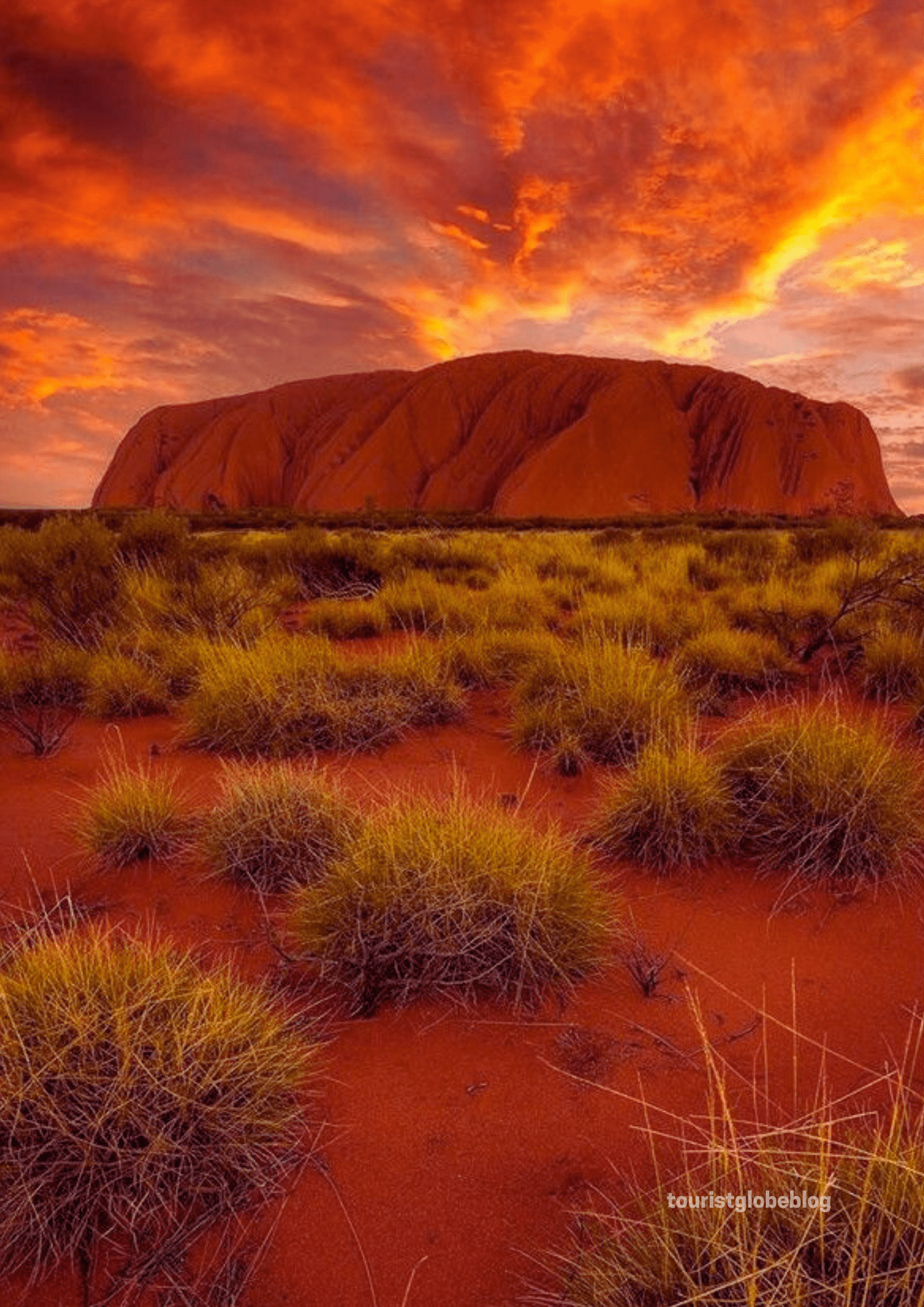
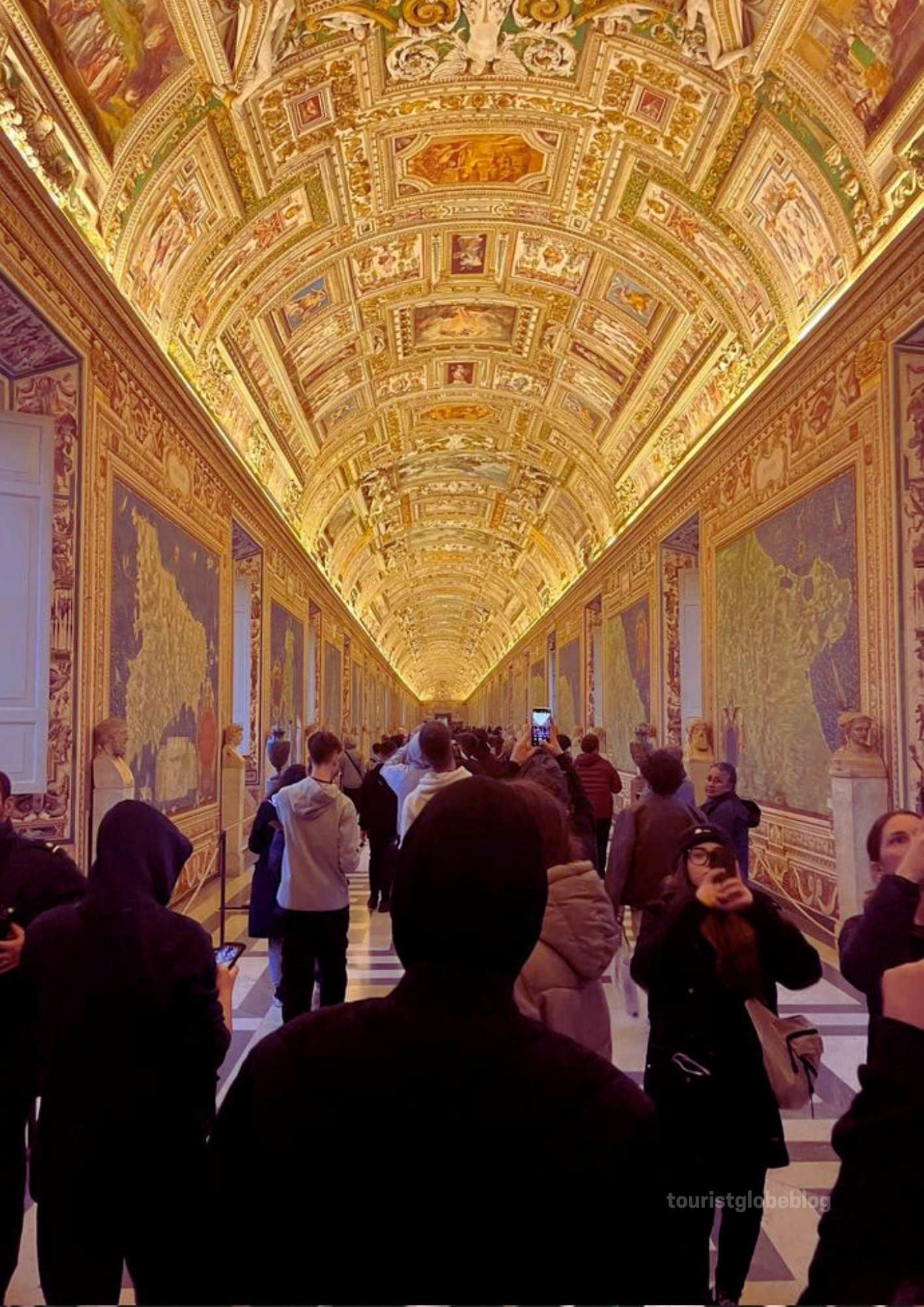
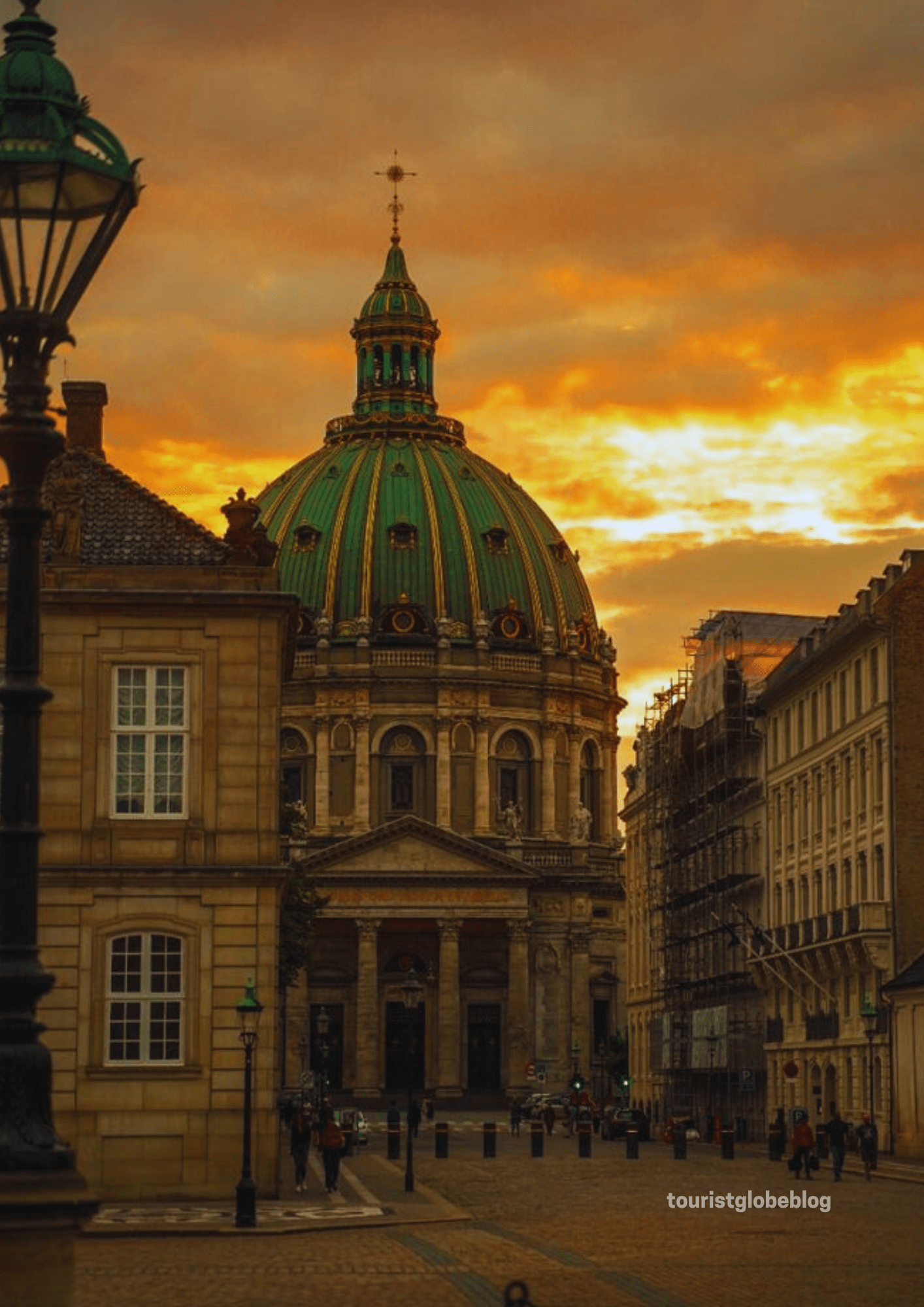
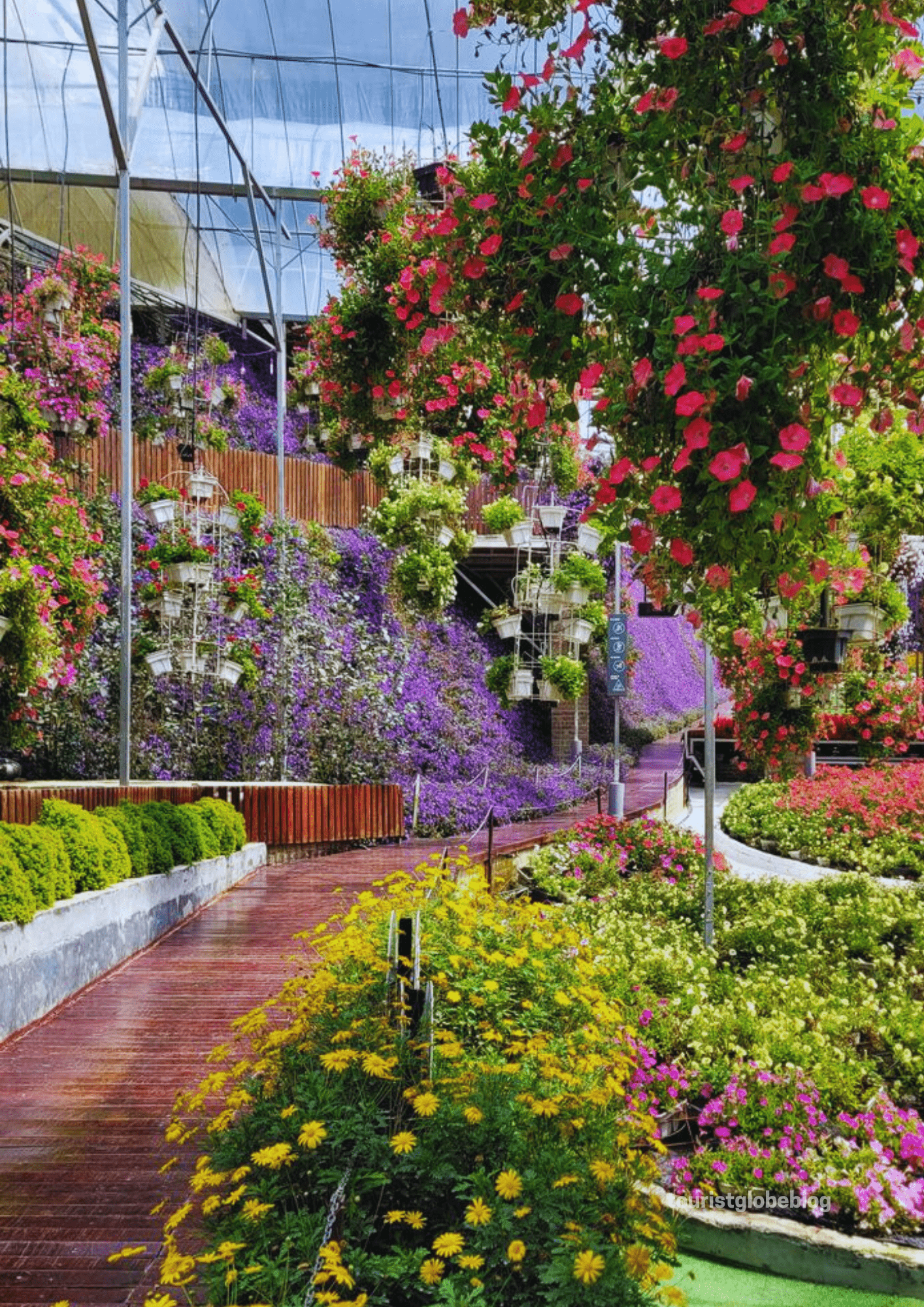
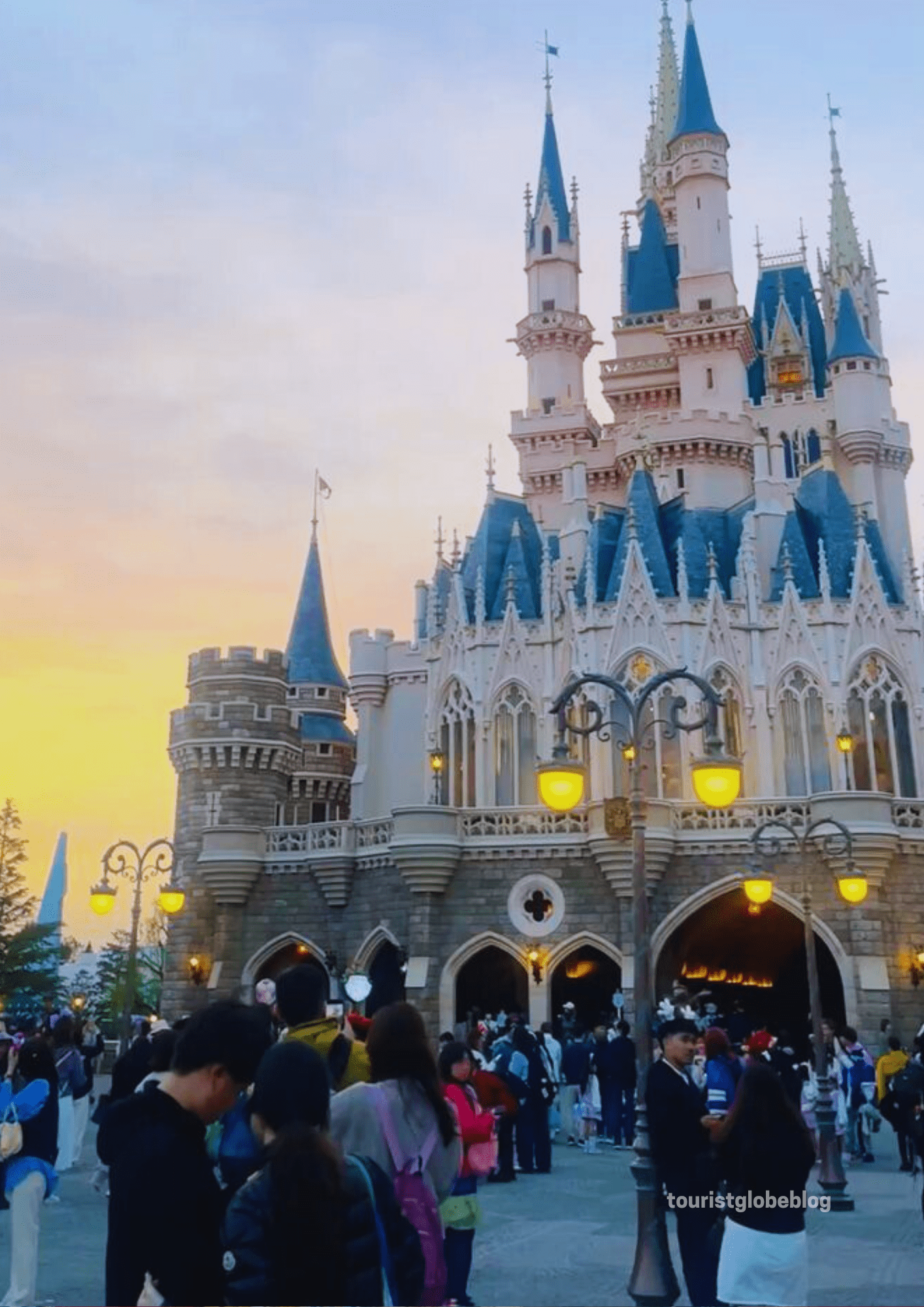
One thought on “Uluru: The Heart of Australia’s Red Centre”
Comments are closed.